How to Choose Different Types of Makeup Brushes? | EIGSHOW BEAUTY
Publié par EIGSHOW OWNER le

If you have ever seen a complete makeup kit (or have bought one recently), you might have noticed the various kinds of brushes in it. From flat to angled, tapered to fluffy, brushes of almost every shape and size are at the disposal of the aspiring makeup artist.
But how do you choose makeup brushes properly? Let’s find out.
Powder Brush
The powder brush you choose will depend on what type of powder you're actually using (setting powder versus a powder foundation), and within that, the type of formula (translucent versus pressed). "If using a setting powder where you're not looking to gain coverage, I’d go for a soft, fluffy brush," says Phillips. "This will prevent you from applying too much powder, which can sometimes cause a gray or white cast and appear too matte."
Blush Brush
A blush brush is smaller than a powder brush and features a dome shape with long, super-soft bristles. The specific blush brush you choose, however, depends on how you apply your blush (on the apples versus along the cheekbones) along with your desired effect (a light wash of color versus high-coverage). "If you want a wash of color, go for a bigger brush than you’d typically reach for.
Foundation Brush
Tapered foundation brushes are usually flat, less full in form, with a gentle taper. These brushes are best for liquid foundation and other liquid products.
The ideal cream foundation brush should have dense synthetic bristles and an easy-clean brush head. The angled one checks off both of those boxes.
When it comes to powder foundations brush, we love a flat-top one, packed with bristles. It picks up plenty of product and distributes it evenly across the complexion.Its end has a very light and feathery feel.
Contour Brush
With cream contour/highlighter, use a brush with synthetic hairs; synthetic is non-porous and won’t absorb product.
With pressed powder contour/highlighter, use a brush with natural hairs; every natural hair is covered with “scales” called the cuticle; those “scales” trap and hold onto powders, thus natural hair brushes will carry more product to your skin.
A contour brush is about the size of a blush brush, but it has very dense, angled bristles that will create a precise contour application.
The slanted contour brush is the most versatile and makes it easier to contour for your face shape by blending your contour powder cleanly and precisely beneath your cheekbones, jawline, and forehead.
Highlighter Brush
A highlighter brush is usually to apply highlighter to smaller areas, and requires more precision placement; therefore, a brush with a head that comes to a rounded, narrower point at end of the brush head, may work better for applying highlighter - then you can switch to a slightly larger brush with a fluffier, wider and more rounded head to buff it out.
Concealer Brush
A concealer brush is a flat paddle shape with soft tapered synthetic fibers that is ideal for the skillful application of concealer. It works with liquid or cream concealer to small precise areas below the eyes or to cover minor facial blemishes.
Eyeshadow Primer Brush
An eyeshadow primer brush is used to apply cream primer on the your whole lid streaklessly. A flat paddle-shaped one with synthetic hairs is the choice; synthetic is non-porous and won’t absorb cream. And the bristles need to be much denser.
Eyeshadow Crease Brush
An eyeshadow crease brush is used for applying eyeshadow to the crease of your eyelids. It is very dense and has either an angled or pointed composition for the most precise application possible, which helps create a defined eye crease.
Eyeshadow Blending Brush
An eyeshadow blending brush is softer, less dense and tapered into a more rounded out shape,” Tanno says. Because they're even looser than the crease brush, they are gentle, which makes for a smoother transition between shades.
Eyeshadow Smudge Brush
A smudge brush is a small and precise brush with firm bristles that allow you to smudge your eyeliner for a blown-out smokey eye. Its head is flat and short. And natural ones will do a neat and natural-looking job.
Eye Brow Brush
The angled eye brow brush with thick natural hairs are best for using brow powders (which also tend to be slightly more goof-proof and make for a more natural end-result than cream products), also known as the slanted brow brush, is used to apply eyebrow filler.
Eye Liner Brush
An flat angled eyeliner brush is very, very small with a line of short, dense bristles, and is slightly angled for the sharpest wing. It works well with gel or liquid liners.
And its head has different shapes like flat angled, straight-tip and bent-tip. If you’re a beginner, flat angled will be a good choice.
Mascara Brush
A good mascara brush features a spoolie shape, with small bristles sticking out from the wand in all directions. The bristles are designed to fit in between your lashes, acting almost as a hairbrush to push them in the right direction and apply the product. The bristles should be firm, as this makes mascara application easier.
Lip Brush
A lip brush is very small and thin, with a layer of sleek bristles that act like a paintbrush. This small brush will help you get a crisp, defined line that other women will envy.
Thanks for taking the time to read our blog post on how to choose different types of makeup brushes. Have a wonderful day, and as always leave a comment, like or share.
PARTAGER




















